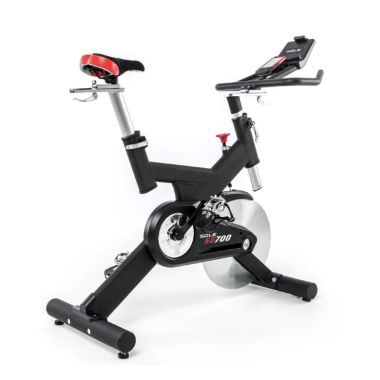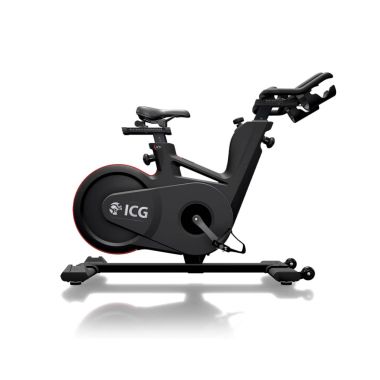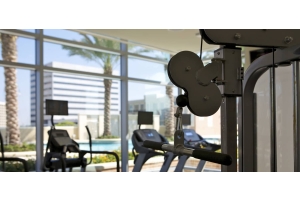British Cycling & Success of the Wattbike
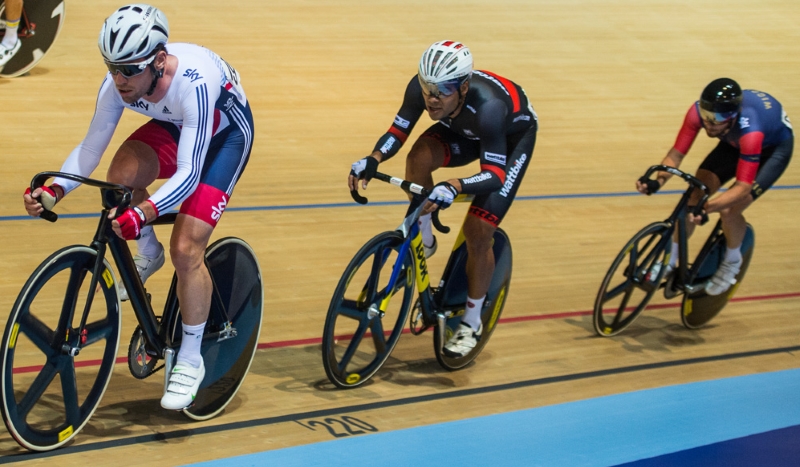
Increasing membership, for the first time in the British Cycling’s organisation history, its membership has surpassed 125,000 with a staggering 75,000 people having signed up since 2012.
Sir Chris Hoy commented, “The fact that 75,000 people have joined British Cycling since 2012 shows that cycling is truly booming.” This is an impressive statistic in comparison to that of 2005 when British Cycling’s membership was just 15,000. In every year since there has been continuous double-digit growth. A statement from the organisation said, “The milestone is a significant step for British Cycling, cementing its standing as the largest organisation representing cyclists in Britain”.
The president of British Cycling Bob Howden said, “In reaching 125,000 members, we have once again highlighted our ability to achieve ambitious targets. With our members’ backing, we will continue to strive for further elite success and more people cycling more often as we continue to make cycling appeal to all.”
Success in the Olympics Filtering Down?
These statistics show that British Cycling is well and truly on the up. Why is this? It would be foolish not to attribute the recent boom to the success at the London 2012 and Rio 2016 Olympic games. Increased media coverage and the phenomenal success of British athletes has undoubtedly been a contributing factor.
To help drive success, British Cycling requested an indoor training bike that could record extensive data for both amateur and professional cyclists. As a result, the Wattbike was developed in 2008. The Wattbike was a significant breakthrough as training indoors at the time gave two options; either attach a road bike to a turbo trainer, which can be impractical, or use a “spinning bike”, which can cause your body stress due to the inert weight cyclists are forced to push against.
The Wattbike measures the progression of your foot 100 times during one single pedal revolution. It uses this data to calculate 40 different parameters with a 2% margin of accuracy. Wattbike’s Matt Moran says the average amateur will find about a half a dozen or so of the 40 readings to be of interest, however this gives the opportunity to make a world of difference to individual’s fitness and training.
Turbo Trainer Vs Watt Bike
Similar to many home turbo trainers, the Wattbike measures power output and speed. On the other hand, unlike those turbo trainers, the Wattbike also analyses the cyclist’s pedalling technique. Individual rotations are stored in the bike’s software, allowing the consumer to understand where and when to apply power to the legs. For less experienced riders, this is hugely beneficial as it allows large amounts of energy to be saved simply by pedalling effectively.
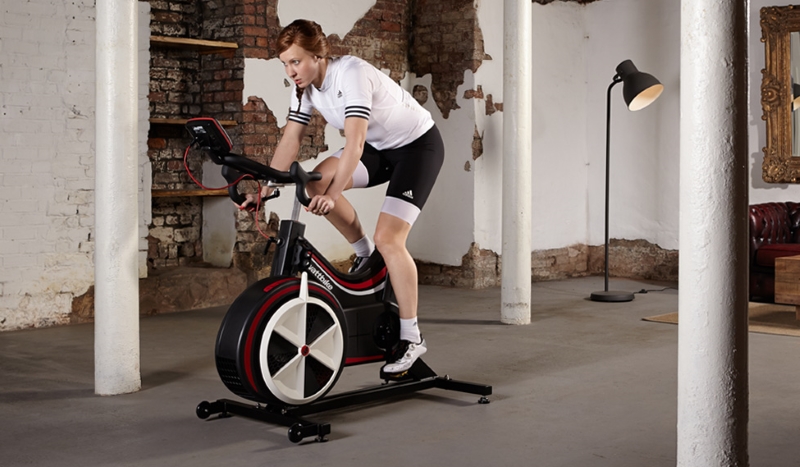
Joanna Roswell has begun a new adventure with pro women’s road team, Wiggle Honda Pro Cycling, and has started to include regular Wattbike sessions into her training. Comparing the Wattbike to a turbo trainer, Roswell says, “As most cyclists will know, going on a turbo trainer is not a particularly enjoyable experience, but for me having a Wattbike has completely revolutionised my training sessions!”
Furthermore, the key difference between turbo trainers and Wattbikes is accuracy. The Wattbike is accurate to 2% and provides a wide range of performance data which other indoor bikes or turbo trainers cannot offer. This accuracy benefits rider’s physiology; along with working out at the right intensity, the Polar View which is a pedalling technique view allows the rider to improve how they deliver force through the pedal turn.
Lizzie Armistead stated that the Wattbike would be an instrumental tool in helping her train for the Rio Olympic games; “I have some very specific training goals and with the Wattbike I will be able to accurately monitor my power outputs, train in the right zones in a controlled environment and measure my progress to ensure every session is of high quality.”
Monitoring Your Workout
During workouts, the Wattbike calculates heart rate zones and average power outputs to enable cyclists to use the zones to follow an interval training program. This can then be repeated at a later date allowing individuals to attempt to better their previous average power output. Ultimately, this is advantageous for elite performers but it is equally useful for the average cyclist who wants to improve their fitness. The Wattbike in essence, will help make their training sessions more efficient. Short bursts of interval training set at the right intensity means a session on the Wattbike only needs to last an hour, including both a warm up and warm down. This is in contrast to cyclists “just going out” without thinking about their heart rates, the Wattbike is about “less volume and more quality.”
There is a whole bank of tests built into the Wattbike to test fitness, which range from 3 seconds to 2 minutes. Trying different tests at different times of the year is ideal in order to gather a complete picture of the athlete. By using the Wattbike, it allows users to ensure they are applying force in the right place during the pedal turn. This will in turn, allow the good technique to embed in muscle memory which can be transferred to riding on the road.
Lizzie Armistead who has recently been chosen to become an ambassador for Wattbike said, “I chose Wattbike because I’m a cyclist, and it feels like riding a bike, and it’s not like your average home trainer which feels uncomfortable and difficult. It’s the most natural comparison to a road bike.”
Another benefit is that a Wattbike allows individuals to compare themselves to the professionals. It is common for professional sports, in particular cycling, to be alienated on TV. The Wattbike makes the scale of feats watched on television more relatable. Many cyclists are of the opinion that they cannot use the same equipment as professional cycling stars, however, the introduction of the Wattbike gives recreational cyclists the opportunity to test themselves and compare their results to the professionals.
In Conclusion
Wattbike have developed a great indoor training tool which suits and helps club cyclists to “recreational” riders. It is one of many factors driving the cycling boom and as six-time Olympic gold medallist Chris Hoy says, “I know the inspiration from Rio will compel thousands more to join us. The great thing about cycling is that it offers something for everyone, however you want to ride.”

